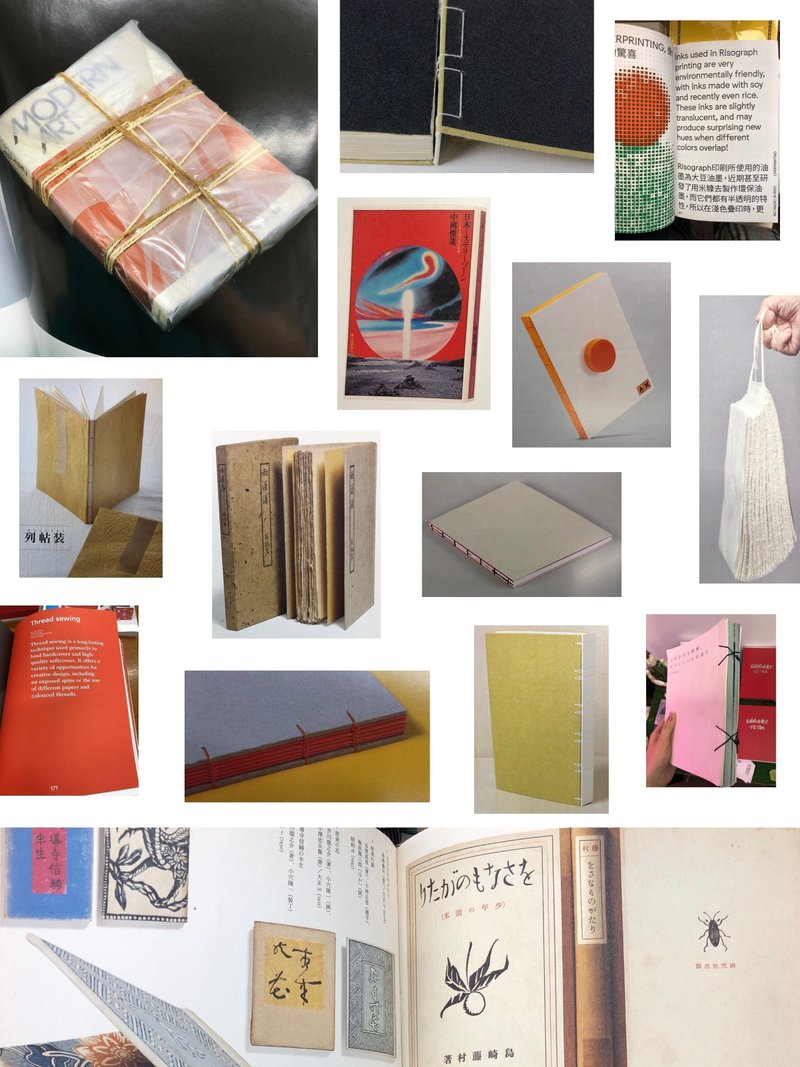THE BEGINNING OF BOOKMAKING
“Where can I read your writings?” my friends asked me.
“It’s on my Google Drive.”
“…”
In the initial phases of writing Sound Chronicle, I intended to produce a printed version. However, most articles were only 80% complete before I progressed to the next. I decided to publish online first to expedite their completion. Coincidentally around the same time, the owner of my company requested that I share my work I did for the company with all employees. I was uncomfortable and reluctant to do so, then he said to me.
“When you challenge yourself to share your work, it opens up new opportunities.”
On the weekend, I pondered the words deeply, which resonated with both my work and life. Making my unskilled writings public led to restless nights.
At the end of the year, I had a feeling that Sound Chronicle was coming close to an end, as I documented the only female in the book, 93 years old jazz pianist Akiyoshi-san. Time for bookmaking!
Clueless on how to make it happen, I only knew I was keen to print at Neutral Colors, an independent publisher, annual magazine, and a printing shop led by editor Katoh-san. He is also the founder of the travel magazine that captivated me with its photographs and content since I was a student.
This Spring, I attended the launch event for Neutral Colors Vol.4 “work” feature. By chance, I was introduced to Katoh-san, then everything unfolded smoothly.BEFORE THE FIRST MEETING
- Verbalise Sound Chronicle
- Create a rough layout for one chapter to give an idea of the balance between images and texts
- Know roughly how many pages
- Decide how many copies to print
- Finding inspirations at second hand book shops
- Visualise the book
The experiences are based in Japan, so from inside out, I wanted to adopt Japanese traditional book binding methods.
- Japanese bookbinding
- Washi (Japanese paper)
- Open flatly
- B6 (size of a diary)
- One personal copy
- Deciding on bookbinding method
When I searched on the Internet about Japanese binding, it seemed like the books cannot be opened flatly. Then, I went through all of the bookbinding and book design books at Tokyo Metropolitan Library, and I discovered retchoso, a traditional book binding method that could be opened flatly.

Image references:
- 井上夏生(2012)『いちばんわかる手製本レッスン―手でつくる本と基本技法』 スタジオタッククリエイティブ
- 小林 功二(監修)、グラフィック社編集部(編集)、石田 亜矢子(翻訳)(2020)『ワールドブックデザイン』グラフィック社
- グラフィック社編集部(2010)『装丁道場―28人がデザインする『吾輩は猫である』グラフィック社
- 蘭繁之、北海道文学館(編集)(2010)『蘭繁之の手仕事 : "美"にこだわった津軽の奇才: 特別展』北海道立文学館
- グラフィック社編集部(2012)『世界の美しい本 世界で最も美しい本コンクール入選作品コレクション』 グラフィック社
- 武蔵野美術大学(監修)、中野豪雄(装丁)(2012)『近現代のブックデザイン考I 書にとっての美』武蔵野美術大学 美術館・図書館
- 横尾忠則(2013)『横尾忠則 1957‐2012 全装幀集』パイインターナショナル
- Morlok, Franziska, et al. Bookbinding: A Comprehensive Guide to Folding, Sewing & Binding. Princeton Architectural Press, a McEvoy Group Company, 2018.